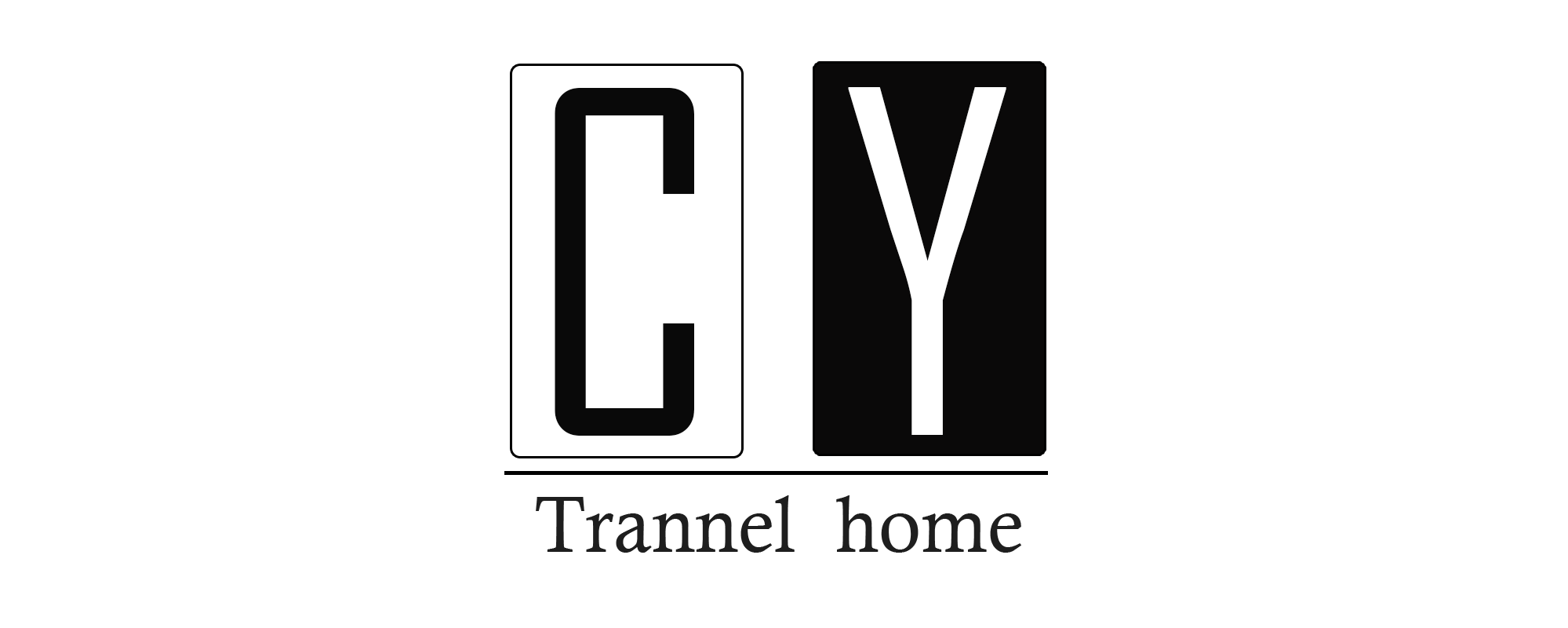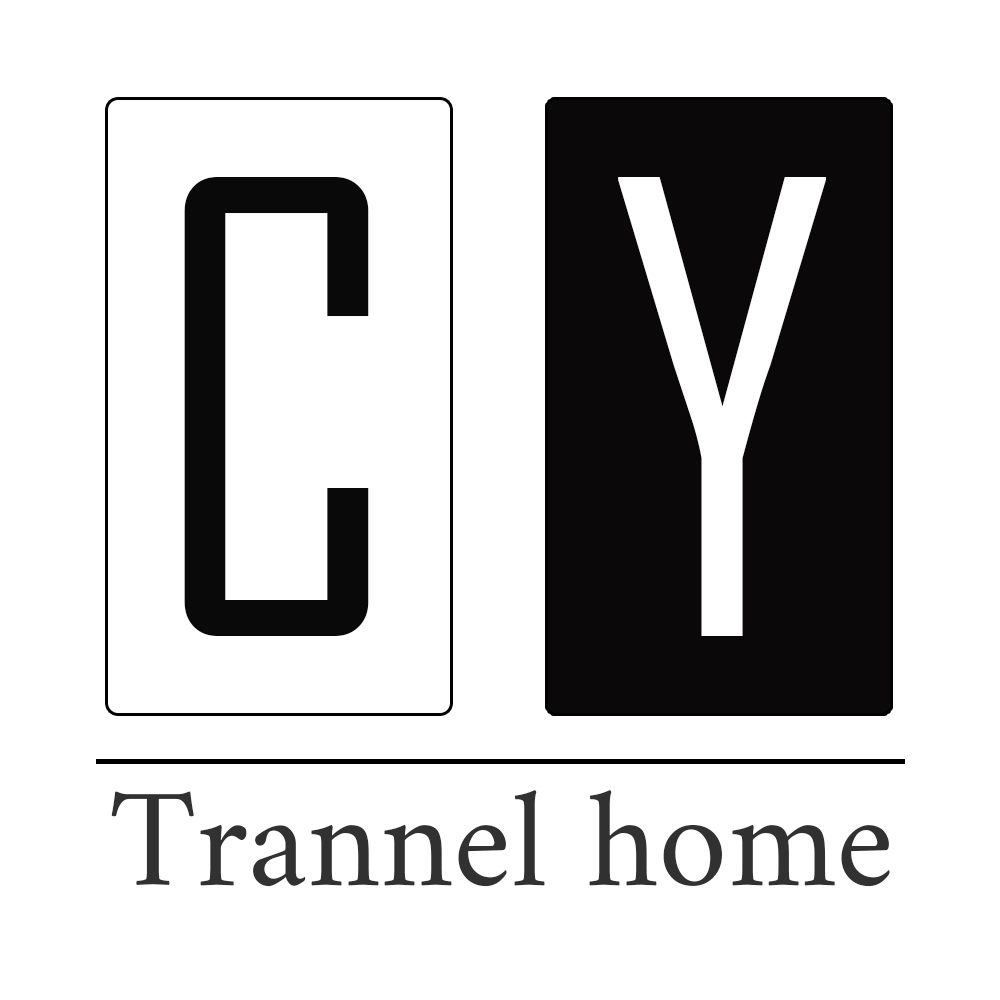The U.S. market for wood upholstered beds remains strong, but 25% Section 301 tariffs on Chinese-made furniture have squeezed profit margins. Buyers still want quality, comfort, and style—but at the right price.
The good news? You don’t have to sacrifice profitability to stay competitive.
This guide reveals 7 proven cost-saving strategies to maintain attractive pricing for your wood upholstered beds—without cutting corners on quality.
1. Optimize Materials Without Sacrificing Appeal
Small adjustments in materials can lead to big savings:
✔ Engineered Wood Bases – Replace solid wood frames with high-quality plywood or MDF cores (saves 15-20% on material costs).
✔ Thinner (But Durable) Upholstery – Use high-density foam (1.8-2.2lb density) instead of ultra-plush options.
✔ Standardized Fabric Choices – Limit custom fabrics to reduce inventory costs (offer 5-10 popular options instead of 50+).
Buyer Pitch:
“Our beds use premium engineered wood bases with the same durability as solid wood—but at a better price.”
2. Shift Partial Production to Tariff-Free Countries
If your beds are currently made in China, consider:
- Vietnam & Malaysia – No additional U.S. tariffs, lower labor costs.
- Mexico – USMCA benefits = zero tariffs + faster shipping to the U.S.
Case Study:
A supplier reduced landed costs by 18% by making bed frames in Vietnam and upholstering in China.
3. Offer Knock-Down (KD) or Flat-Pack Designs
- KD beds often face lower tariffs than fully assembled pieces.
- Flat-pack shipping reduces container space by 30-50%, cutting freight costs.
Buyer Benefit:
“Easier to handle, faster to ship, and lower costs for you.”
4. Negotiate Bulk Discounts with Suppliers
- Consolidate orders for foam, fabric, and hardware to get 5-10% volume discounts.
- Pre-pay for materials (when possible) to secure better rates.
5. Streamline Shipping & Logistics
Since tariffs are unavoidable, cut costs elsewhere:
- Consolidate shipments (use LCL wisely to avoid wasted space).
- Negotiate long-term rates with freight forwarders.
- Use duty drawback programs (reclaim 99% of tariffs if materials are re-exported).
6. Adjust Pricing Strategies (Without Losing Buyers)
Instead of raising prices, try:
✅ “Freight-Inclusive” Pricing – Bundle shipping costs into product price.
✅ Annual Price Locks – Offer fixed pricing for 12 months in exchange for larger orders.
✅ Limited-Time Promotions – “Order 2 containers, get 5% off.”
7. Market Smart: Highlight Value Over Price
Since tariffs force higher prices, shift the conversation:
- “10-Year Frame Warranty” – Builds long-term trust.
- “Eco-Friendly Materials” – FSC-certified wood & OEKO-TEX® fabrics justify premiums.
- “Customizable Headboards” – Buyers pay more for personalization.
Real-World Example: How a Supplier Kept U.S. Buyers Happy
Challenge:
A Chinese manufacturer of upholstered beds lost 3 major U.S. clients due to tariff-driven price hikes.
Solution:
- Redesigned beds for flat-pack shipping (cut freight costs by 35%).
- Sourced FSC-certified plywood from Malaysia (reduced material costs).
- Offered a “Tariff Protection Program” (locked prices for bulk buyers).
Result:
- Regained all 3 clients within 6 months.
- Added 5 new U.S. retailers.
Your Action Plan: 3 Steps to Start Today
- Audit your materials – Where can you cut costs without hurting quality?
- Test 1 alternative strategy – Flat-pack, KD, or partial production shift.
- Retrain your sales team – Teach them to sell on value, not just price.
Need a custom cost-saving plan? Let’s analyze your beds and build a tariff-proof pricing strategy.
SEO Optimization
✅ Target Keywords:
- “wood upholstered bed tariffs”
- “how to reduce furniture shipping costs”
- “competitive pricing for upholstered beds”
✅ Authority Links:
✅ Meta Description:
Struggling with U.S. tariffs on wood upholstered beds? Discover 7 proven cost-cutting strategies to keep your prices competitive—without sacrificing quality or profits.
This guide helps you rank on Google while giving buyers real solutions. Want to focus on a specific bed style? Let me know!



